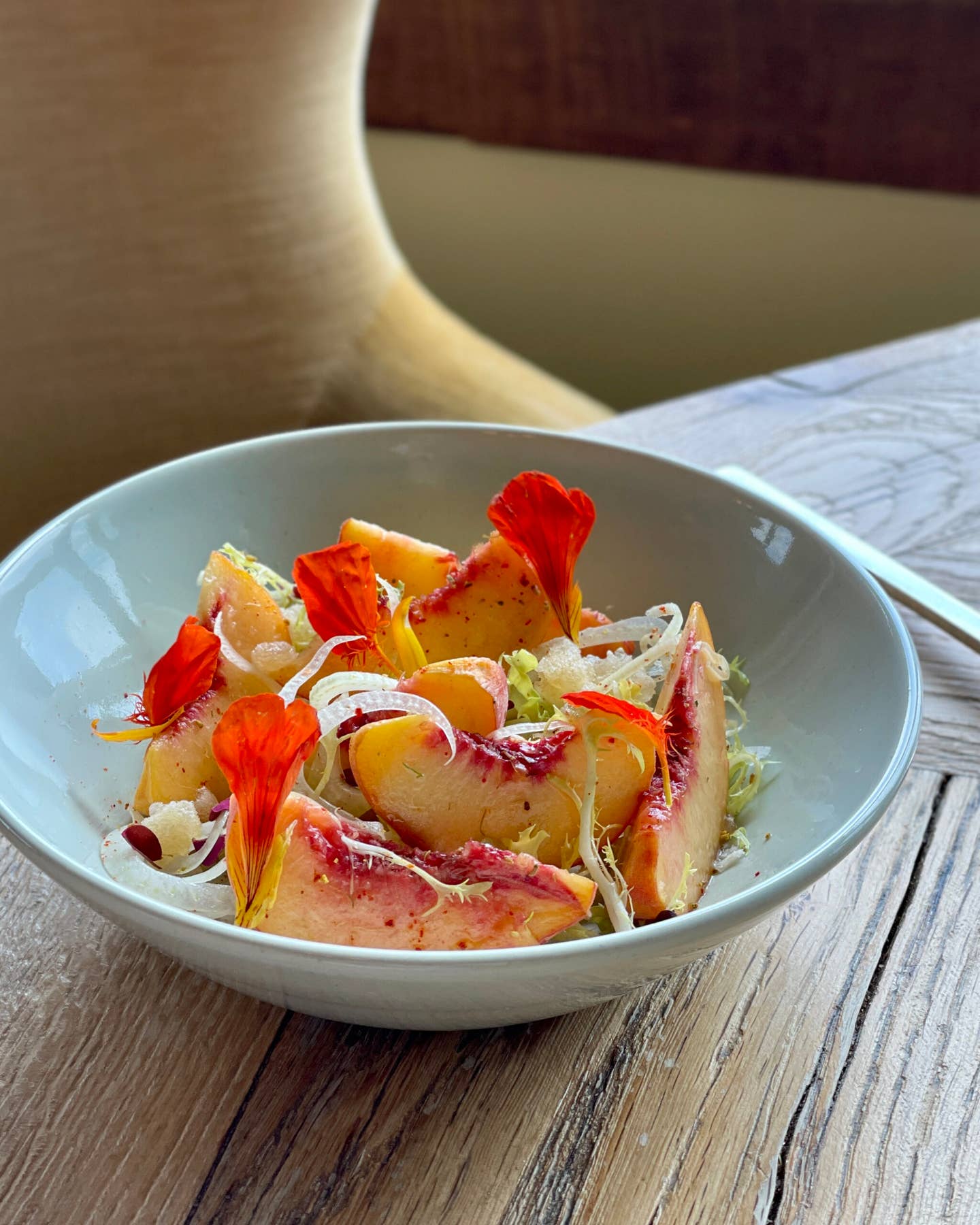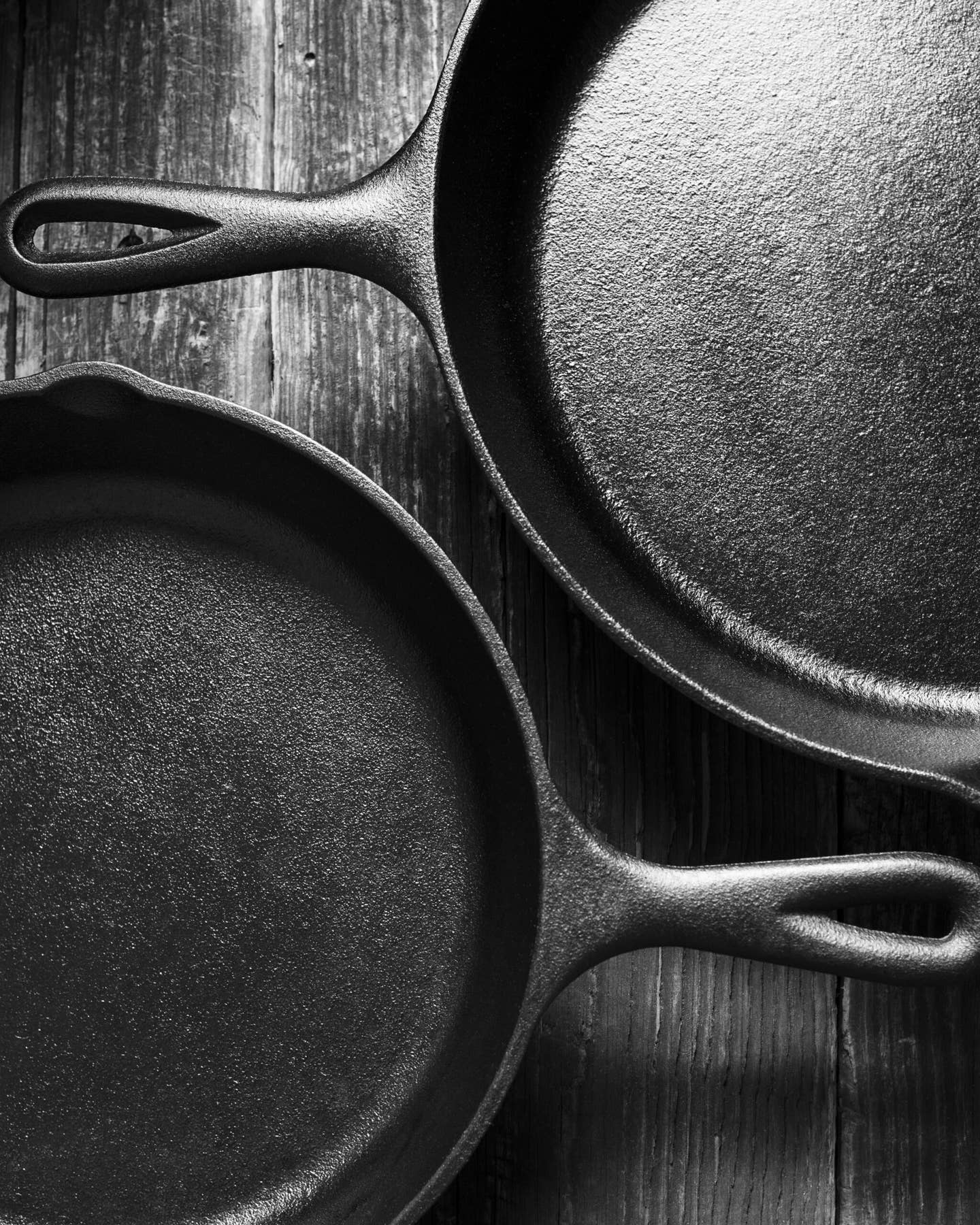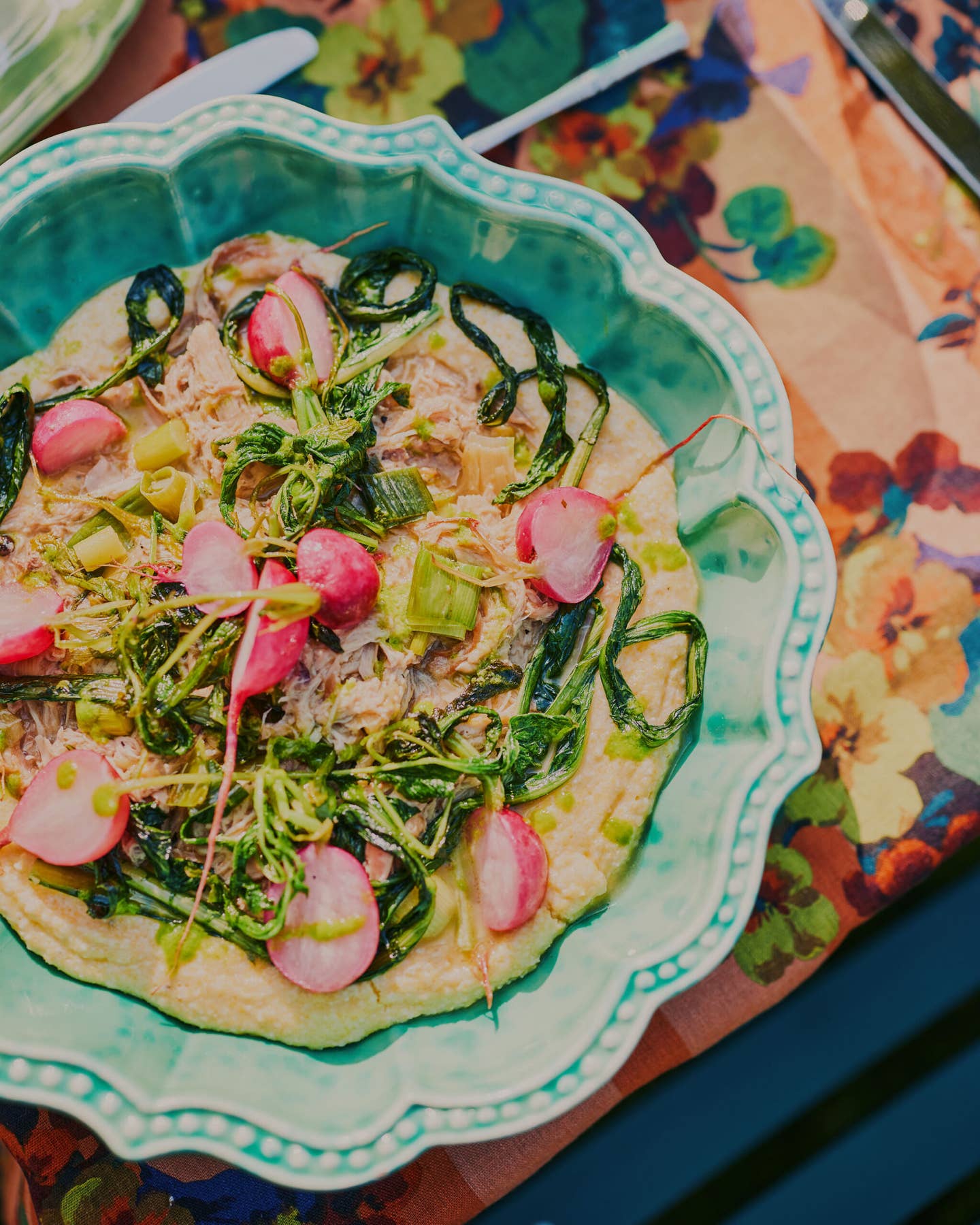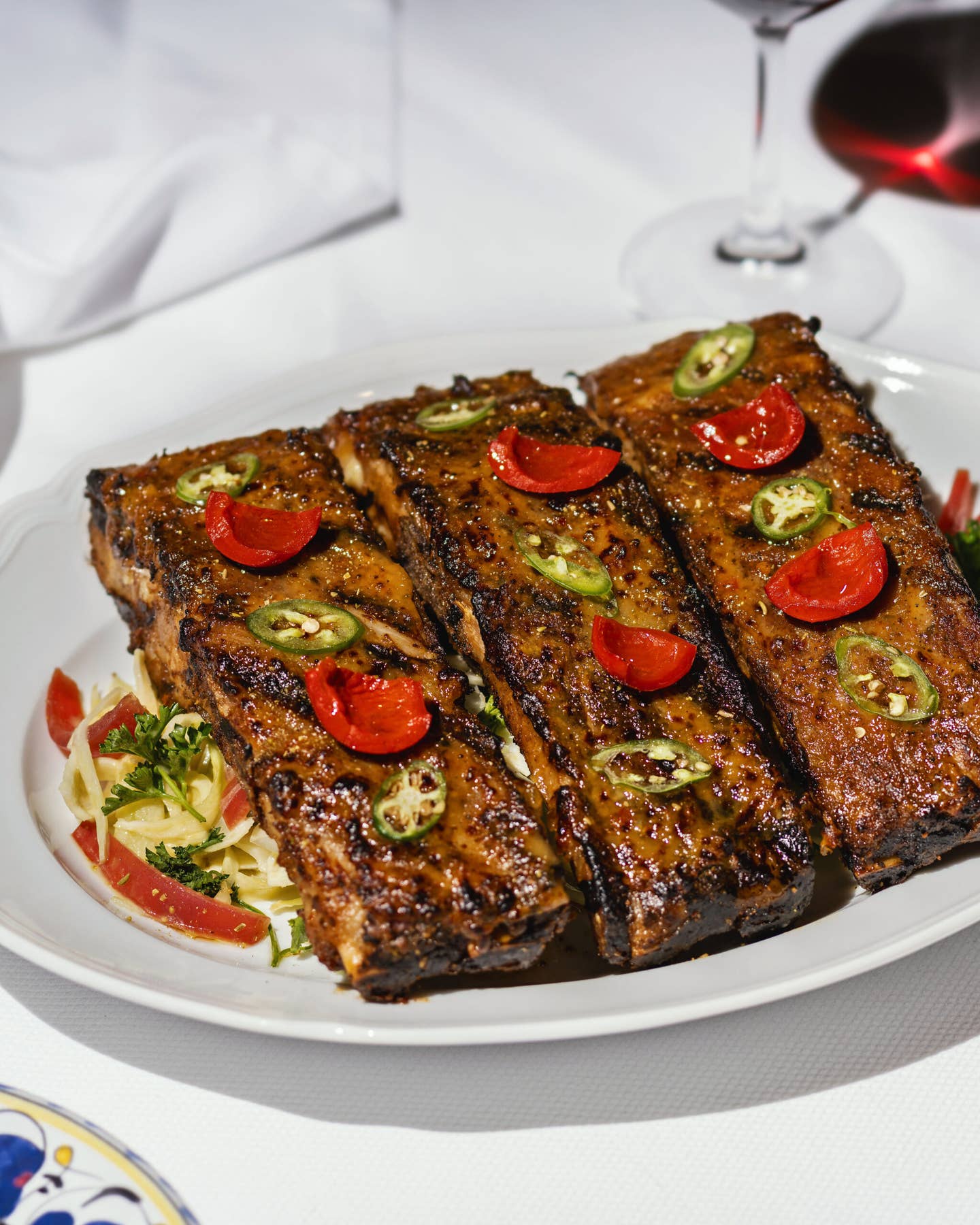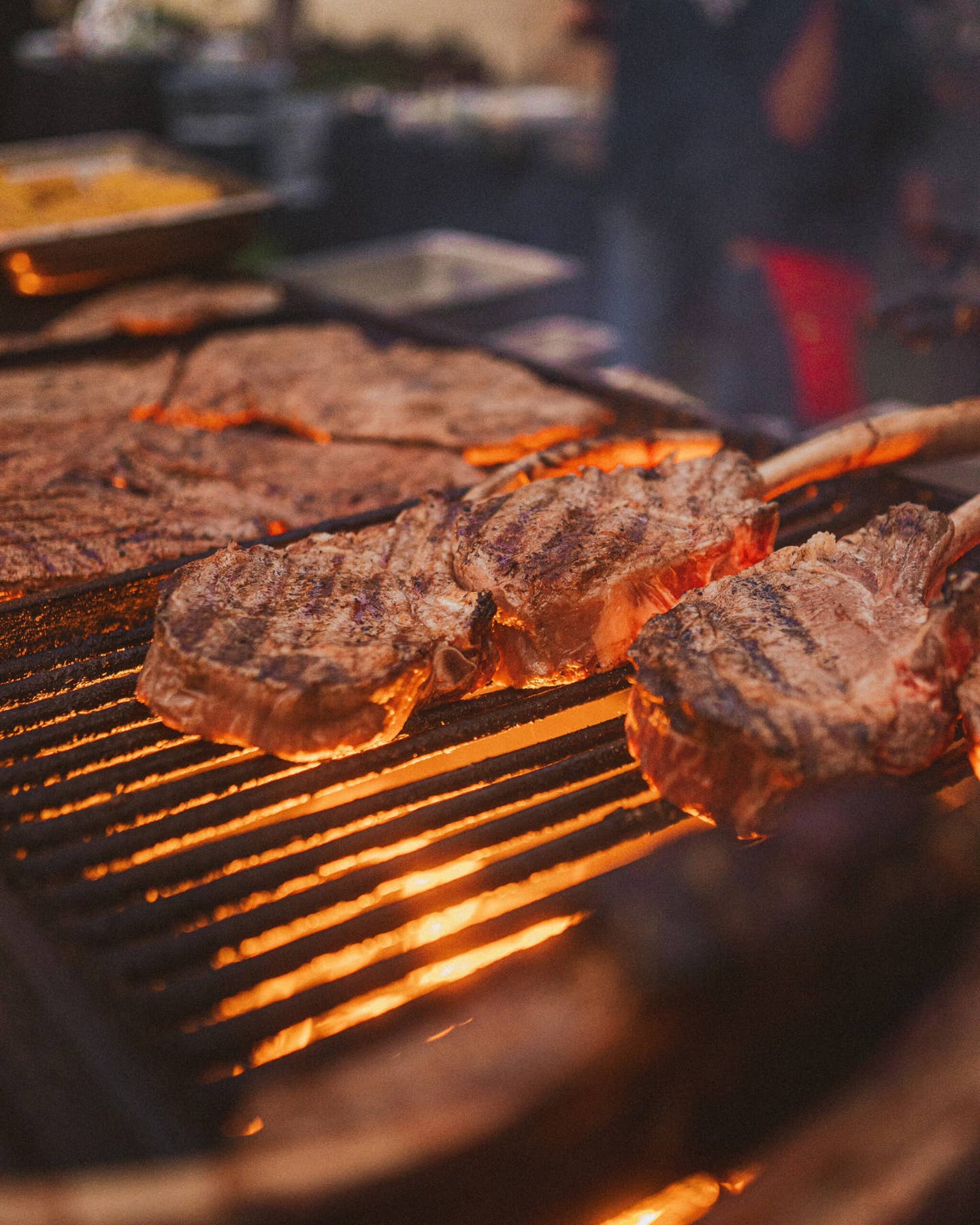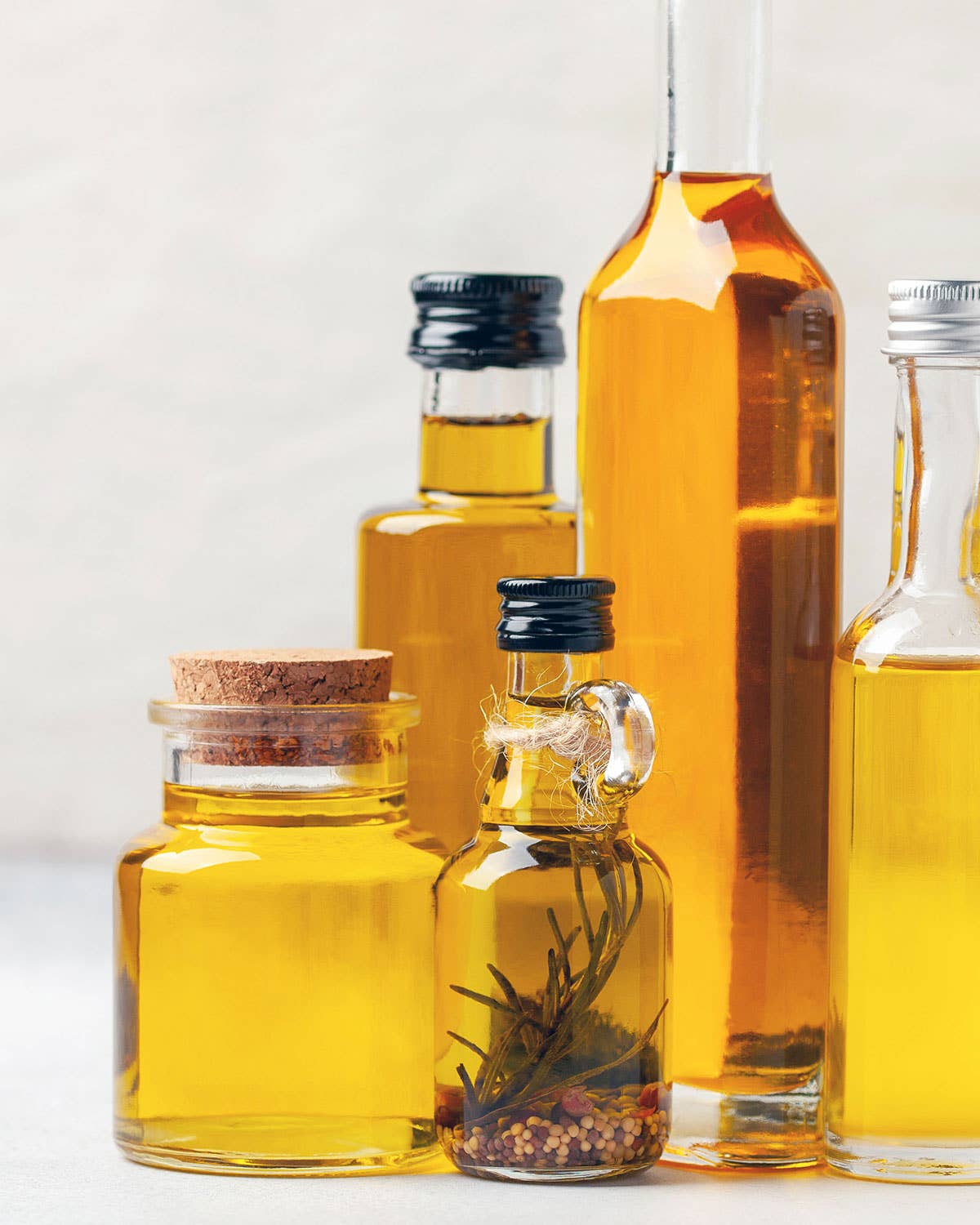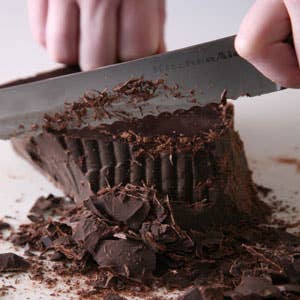
Sweet Baking Techniques
While making the tortes and cookies from the "Vienna's Sweet Empire" story (issue 118, March 2009) in the SAVEUR test kitchen, we used a few techniques that are helpful for any home baker to know. The six tricks below will produce sophisticated results with minimal effort in a multitude of desserts.
Your method for measuring flour can make or break a recipe. We use a spoon to fluff the flour and transfer it to the measuring cup, then level it off by sweeping a knife across the top of the cup, making sure not to tap it or compact the contents. Using the measuring cup to scoop flour directly from its container will pack the flour in, increasing the weight by as much as an ounce or two, which can make for a dry, heavy cake.
Many recipes for old-world cakes, such as the Punschtorte, call for whisking egg yolks with sugar until a pale yellow foam forms. As the mixture is whisked, sugar dissolves in moisture present in the yolks, forming a syrup that traps air bubbles, which produce a light, spongelike texture in the cake. This is called ribboning because you can tell the foam is stable when it streams off the whisk in a long, unbroken ribbon.
To achieve marbling, as in the Marmorgugelhupf Cake, pour a layer of yellow batter into a cake mold, follow it with a layer of chocolate batter, and top it with the remaining yellow batter. Insert a table knife through the layers and twist back and forth, rotating the cake mold as you go. On a second rotation, repeatedly pull the knife up through the batter like an oar through water, twisting near the top to create swirls.
When a recipe calls for chocolate to be chopped and melted, as in the Truffeltorte recipe, a fine, smooth chef's knife's blade might easily slip on the chocolate's hard, slick surface. A serrated blade, with large, gripping teeth, is safer and altogether better for chopping chocolate. The teeth produce delicate, fairly uniform shards, which melt faster and more smoothly than unevenly chopped chunks.
When whisking up a meringue from egg whites and sugar, aim for as much volume as possible; it will make for a better-aerated batter and a lighter cake. Whisking egg whites uncoils proteins, which then bond together to encase air bubbles in a foam. Sugar, added next, thickens and stabilizes the foam. To ensure that the sugar dissolves and that enough air is incorporated, continue whisking until stiff peaks adhere to the upturned whisk.
When separating eggs, it's crucial not to allow any yolk to escape into the white (which would hinder the latter's ability to whip into meringue). Start with a cold egg; it will separate more easily than a warm one. Crack it with one hand and ease the contents into the other hand, allowing the white to slip through barely separated fingers into a bowl. This way is gentler and more sanitary than pouring the egg between cracked shells.
Keep Reading
Continue to Next Story




